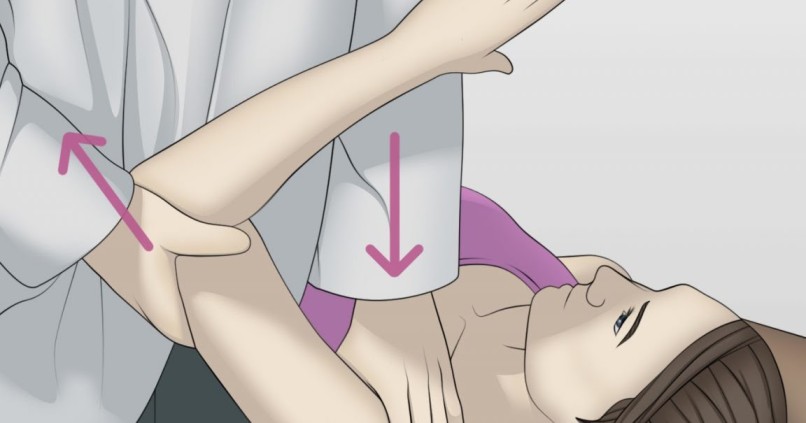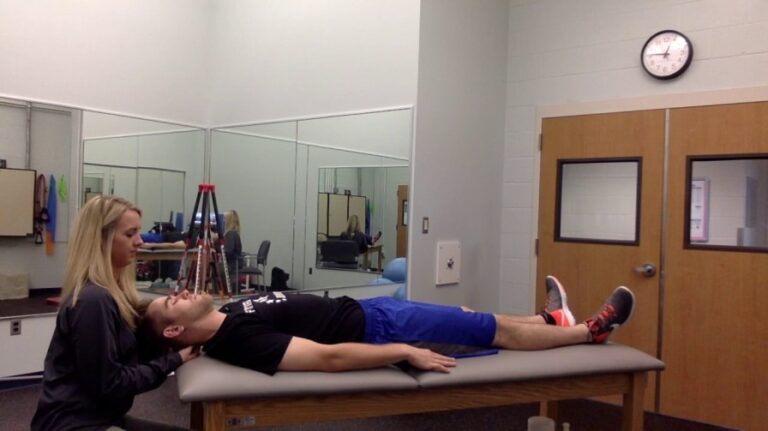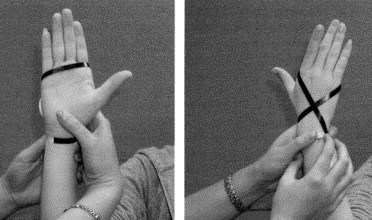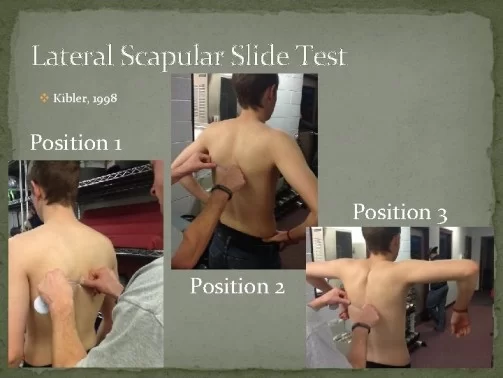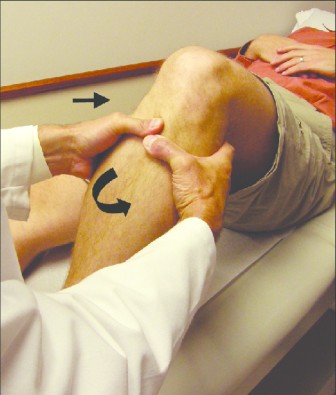Anterior Drawer Test for the Shoulder : Purpose, How to Perform?
What is the anterior drawer test for the shoulder?
Anterior Drawer Test of the shoulder is mostly used to assess the Anterior shoulder joint instability, However It can also be used on aching shoulders where the apprehension test is difficult to interpret, and it has allowed examiner to proper diagnose of anterior subluxations even in patients who may have a negative apprehension test.
- It is also known as to the Gerber -ganz anterior drawer test .
- This test is Designed for to the detect & grade of to the laxity or insufficiency of the anterior capsular mechanism.
Purpose of this test :
- This special test is used for to the examine & check of to the Anterior shoulder instability.
- It is also be use for the aching shoulders in the patient where the apprehension test is perform & interpret to difficult .
- It is allow to us to the reliably diagnose for the anterior sub-luxations even into the patients who have the negative apprehension test.
How to perform this test?

- Test position is in the supine position.
- This test position is also perform in sitting or standing position .
- First of all The examiner means therapist is stand to the facing of the affected shoulder .
- Relax to the affected shoulder by holding to the patients arm / placing the hand on the axilla by the therapist in one hand.
- Then Abduct the patient shoulder between the 80 to 120 degree by the therapist, after that Forward the flexed up to the 20 degree then do the laterally rotated up to the 30 degree.
- Stabilize to the patient scapula by the therapist opposite hand & pushing the spine of the scapula with to the index & middle finer.
- Apply to the counter pressure onto patients in coracoid process with to the therapist thumb.
- So that Draws to the humerus forward means anterior .
- It is use to the hand for the holding of the patients arm .
- Positive test is indicates to the anterior instability which is decided by the amount of the anterior translation & it is accessible comparing with the normal side.
Diagnosis of this test :
| Grade | Diagnosis | % of translations |
| 0 | Minimal the displacement | 0-25 |
| 1 | Humeral head is reaches of the glenoid rim | 25 – 50 |
| 2 | Humeral head is dislocated but spontaneously resolved | >50 |
| 3 | Humeral head does not spontaneously the reduce | 50 |
- Click is indicate the labral tear / slippage of the humeral head over to the glenoid rim.
Evidence of this test :
- Sensitivity of this test = 0.53
- Specificity of this test = 0.85
- Positive of the likelihood ratio (+LR) = 3.6
- Negative of the likelihood ratio (-LR) = 0.57
- Anterior drawer test is useful when pain is not prevent it from being to the perform .
- It is helpful for the diagnosis of traumatic anterior instability.
Positivity of this test :
- This relative movement is do the between of the fixed scapula & the movable humerus .
- It is do the easily be appreciated & graded.
- Mostly the examiner is reproduce the audible click onto the forward movement of the humeral head due to the labral pathology but it is usually associated with the apprehension.
Sensitivity & Specificity :
Dr. Adam J Farber have done study for clinical assessment of three most common tests for anterior shoulder instability
apprehension test
relocation test
anterior drawer test
He noted that anterior drawer test (when pain does not prevent it from being performed) is helpful for diagnosing traumatic anterior instability. The accuracy was as following:
- Sensitivity: 53 %
- Specificity: 85 %

